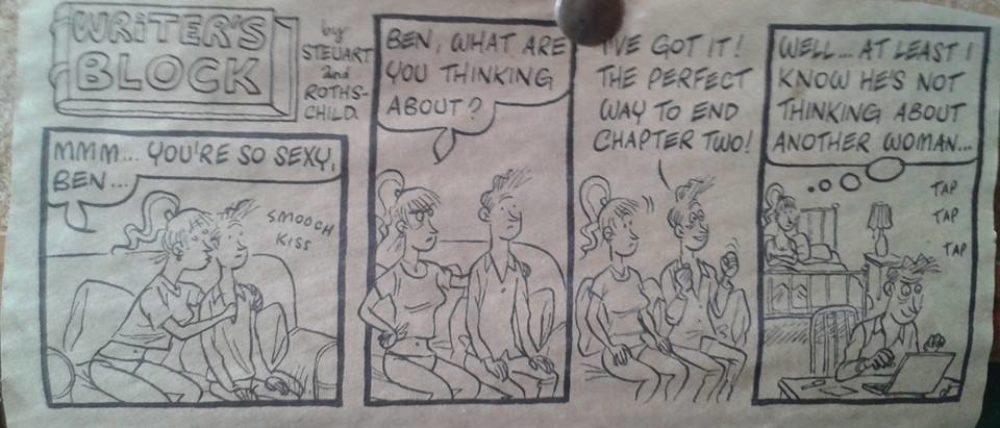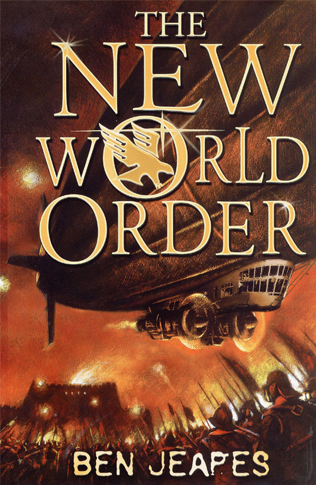Everyone likes to be right. When that rightness can be traced back to luck and a bit of intuition – or, if you like, pure accident – then it’s even better.
The contention of The New World Order, though its seventeenth century characters lack the vocabulary and scientific knowledge to work it out, is that around 35,000 BC the majority of a subspecies of the genus Homo disappeared through a wormhole into a parallel Earth. The few that remained soon died out in our world altogether, leaving only tantalising mythological hints, until in the nineteenth century some of their skeletons were discovered and identified in Germany’s Neander valley (or, in German, “Neander thal”). I see you’ve got it.
The ones who left develop a civilisation parallel to ours, in fact slightly ahead, so that when in our seventeenth century they find a way back to this world, calling themselves the Holekhor, they are at what we would call an early twentieth century level of technology.
At the time of writing I couldn’t get a definitive answer on whether our ancestors and Neandertals could interbreed, but it was necessary for the plot that (a) they could but (b) rarely did, at least, successfully. For a lark, I declared as fact some purely theoretical, off-the-cuff New Scientist speculation that they were the source of our genes for blue eyes and red hair (both mostly found in Europeans or their descendants, and Neandertals do seem to have been most numerous in Europe). But Sir George Monk does the maths:
“The existence of Master Matthews showed that English and Holekhor could interbreed, and reports from certain quarters of the garrison towns indicated that interbreeding was frequent … Yet the fact that the same towns were not crawling with little red-haired bastards showed that successful interbreeding was rare … Given a fixed population of Holekhor, still very much a minority in England, Monk could see that within a couple of generations they would have all but vanished, absorbed into the main body of the English.”
So, reader, imagine my joy at reading “Modern human females and male Neandertals had trouble making babies. Here’s why“. I was right! As Sir George couldn’t possibly have told you, it’s all down to wonky genes – DNA analysis shows that male Neandertals “had mutations in three immune genes, including one that produces antigens that can elicit an immune response in pregnant women, causing them to reject and miscarry male fetuses with those genes.”
So there you have it – “facts” about the Neandertals devised purely for authorial convenience, turning out to be true anyway. For your jobbing sf author, it doesn’t get much better.

